
The Role of Rice in Global Cuisine
Rice is more than just a staple ingredient – it is a cultural symbol, a daily necessity, and a culinary foundation for billions of people across the globe. From Asia to Africa, from Latin America to Europe, rice connects communities and tells the story of tradition, survival, and creativity in cooking.

1. A Global Staple
Rice feeds more than half of the world’s population. It grows in diverse climates, from the terraced paddies of Southeast Asia to the fertile plains of West Africa. Its adaptability has made it one of the most essential crops in human history, ensuring food security for centuries.
2. Rice in Asian Cuisine
In Asia, rice is not only food but also culture.
- Japan treasures sushi rice and sticky rice for mochi.
- India celebrates basmati rice in biryani and pulao.
- China uses rice in fried rice, congee, and countless daily dishes.
- Thailand is famous for its fragrant jasmine rice, a perfect companion to spicy curries.
For many Asian families, no meal feels complete without rice on the table.
3. Rice in African Traditions
Africa has rich rice traditions, especially in West Africa where jollof rice has become a symbol of celebration and identity. Each country – Nigeria, Ghana, Senegal, and beyond – has its own version, sparking friendly debates about whose recipe is the best. In East Africa, rice blends with coconut milk and spices in dishes like pilau, showing Arabic influences on the coast.
4. Latin America and the Caribbean
Rice is central to Latin American cooking, often paired with beans to form a balanced and affordable meal. In Cuba and Puerto Rico, arroz con pollo (rice with chicken) is a classic. In Mexico, arroz rojo flavored with tomatoes and chilies is a beloved side dish. In the Caribbean, rice shines in dishes like rice and peas, cooked with coconut milk and spices.
5. European Interpretations
In Europe, rice takes on a different role. Spain gave the world paella, a colorful dish layered with seafood, saffron, and vegetables. Italy perfected risotto, creamy and elegant. Even in Eastern Europe, rice appears in stuffed vegetables and hearty stews.
6. The Symbolism of Rice
Beyond taste, rice carries symbolic meaning. In many cultures, rice represents prosperity, fertility, and hospitality. That is why rice is often thrown at weddings or served at religious ceremonies. It is more than food – it is a blessing.
7. Modern Uses of Rice
Today, rice continues to evolve. Brown rice and wild rice are favored for healthy diets, while rice flour is vital in gluten-free baking. Sushi burritos, rice bowls, and fusion dishes show how rice keeps inspiring new trends in global cuisine.
Rice is not just a grain – it is a story of humanity. Whether boiled, fried, steamed, or ground into flour, rice remains one of the most unifying foods in the world.

Address: Kenyatta Avenue – Nairobi – Kenya
Phone: +254 20 2222181
Notice: We use cookies to improve your experience. By accepting, you agree to the use of analytics and personalized ads. By staying on our website you agree to the transfer of your information.

Fusion Cuisine – When Cultures Mix on a Plate
Food is one of the most creative ways cultures connect. Fusion cuisine is the art of blending flavors, ingredients, and techniques from different culinary traditions to create something entirely new. From sushi burritos to kimchi tacos, these dishes show how food can cross borders and spark innovation while still respecting tradition.
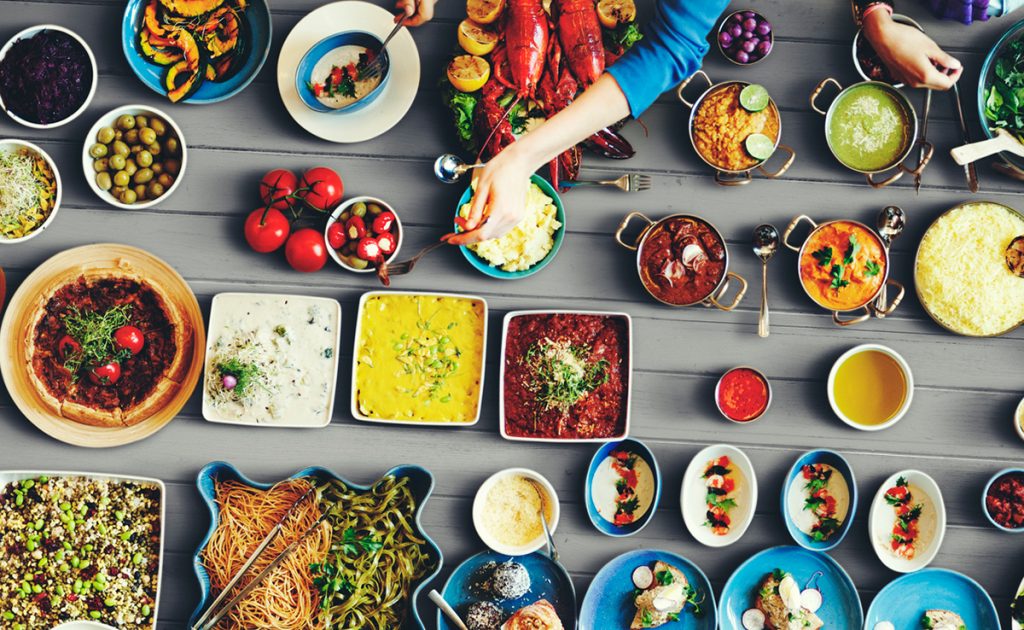
1. The Roots of Fusion Cuisine
Fusion cuisine has existed for centuries. When people migrated, traded, and traveled, they carried their food traditions with them. Spices from Asia reached Europe, African cooking influenced the Americas, and European methods blended with local ingredients worldwide. What we now call “fusion” is often the natural result of cultural exchange.
2. Famous Fusion Dishes Around the World
- California Roll (Japan-USA) – Sushi reinvented with avocado and crab, adapted to Western tastes.
- Tex-Mex (Mexico-USA) – A mix of Mexican flavors with American portions and styles, creating fajitas, chili con carne, and nachos.
- Kimchi Tacos (Korea-Mexico) – Spicy Korean kimchi inside Mexican-style tacos, born from Los Angeles food trucks.
- Butter Chicken Pizza (India-Italy) – A creamy Indian curry paired with the Italian favorite pizza crust.
- Ramen Burgers (Japan-USA) – A burger where ramen noodles replace the bun for a playful twist.
3. The Benefits of Fusion Cuisine
- Creativity – Chefs experiment beyond traditional borders.
- Accessibility – It helps people try new flavors in familiar formats.
- Inclusivity – Fusion reflects multicultural societies and brings people together at the table.

4. Controversy in Fusion Cooking
Not everyone celebrates fusion cuisine. Critics argue that it can sometimes disrespect traditions by simplifying or altering iconic dishes. The key is balance – innovation should honor the roots of each culture. The best fusion respects authenticity while reimagining it in exciting ways.
5. The Future of Fusion
As globalization continues, fusion cuisine will keep evolving. Expect more plant-based fusion, sustainable ingredients, and surprising pairings like African-Asian blends or Mediterranean-Latin creations. Fusion is proof that food has no limits – only endless possibilities.
Address: Kenyatta Avenue – Nairobi – Kenya
Phone: +254 20 2222181
Notice: We use cookies to improve your experience. By accepting, you agree to the use of analytics and personalized ads. By staying on our website you agree to the transfer of your information.

The Art of Street Food Markets
Street food markets are more than just places to eat – they are living theaters of culture, flavor, and community. From the smoky grills of Asia to the colorful stalls of Africa, these markets bring people together through the universal language of food. They showcase the creativity of local cooks, the traditions of a region, and the joy of sharing a meal in the open air.

1. Asia – Bangkok Night Markets (Thailand)
Bangkok is often called the street food capital of the world. Its night markets are filled with sizzling woks, fragrant spices, and endless dishes like pad thai, grilled satay, and mango sticky rice. The atmosphere is vibrant, with music, chatter, and the glow of neon lights.
2. Africa – Kenyatta Market (Nairobi, Kenya)
In Nairobi, Kenyatta Market is famous for its open-air grills serving nyama choma (barbecued meat), chapati, and fresh juices. The smoky aroma and friendly vendors make it a must-visit spot for both locals and visitors. It’s a celebration of Kenyan hospitality and flavor.
3. Europe – Borough Market (London, UK)
Borough Market in London is one of Europe’s oldest food markets. It combines tradition with modern culinary trends. From artisan cheeses and cured meats to global street food stalls, it is a melting pot of tastes from around the world.
4. South America – San Telmo Market (Buenos Aires, Argentina)
In Buenos Aires, San Telmo Market is a hub for authentic Argentinian street food. Expect to find empanadas, choripán (chorizo sandwiches), and sweet churros. The market is also full of music, antiques, and art, blending culture and cuisine.
5. Middle East – Jemaa el-Fnaa (Marrakech, Morocco)
This historic square turns into a massive open-air dining hall every evening. Stalls serve tajines, couscous, lamb skewers, and mint tea. The atmosphere is electric with storytellers, musicians, and the rich aroma of spices filling the air.
Why Street Food Markets Are Special
Street food markets are not just about taste – they are about experience. They offer affordable food, authentic recipes, and a sense of connection with the people who prepare them. They show us that food is best enjoyed when it is shared in the heart of a community.

Address: Kenyatta Avenue – Nairobi – Kenya
Phone: +254 20 2222181
Notice: We use cookies to improve your experience. By accepting, you agree to the use of analytics and personalized ads. By staying on our website you agree to the transfer of your information.

Breakfast Traditions Around the World
Breakfast is often called the most important meal of the day – and every culture has its own unique way of starting the morning. Some breakfasts are light and simple, while others are hearty and filling. Let’s take a journey across continents to see how people around the world greet the day with food.
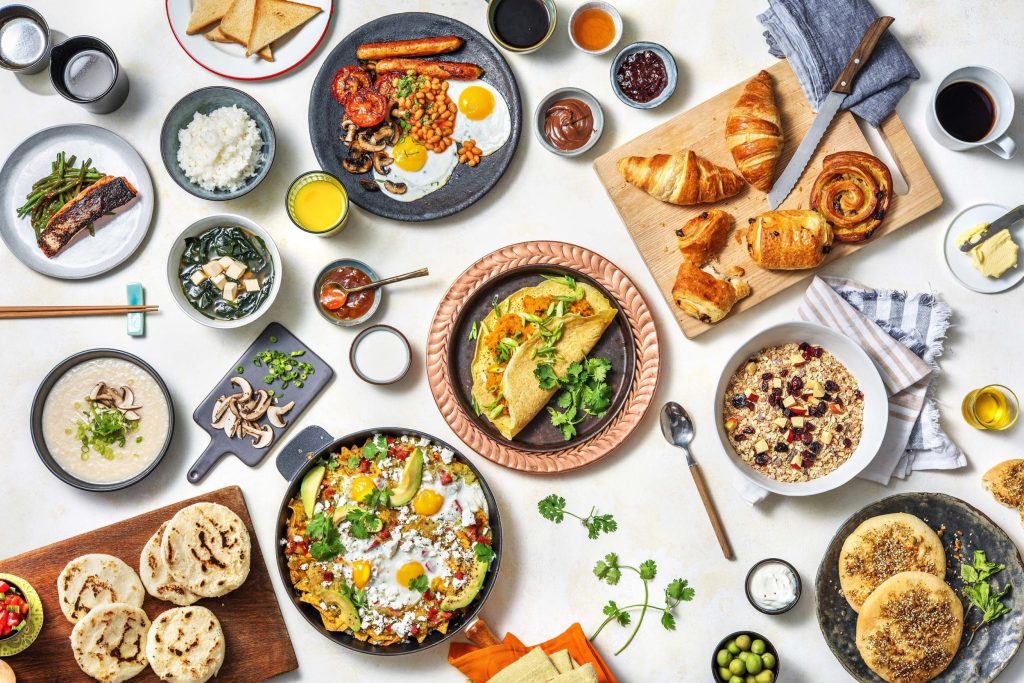
1. Kenya – Mandazi and Chai
In Kenya, many mornings begin with mandazi – slightly sweet fried dough similar to doughnuts – served with a hot cup of spiced chai tea. It is a warm and comforting breakfast that keeps energy levels high.
2. France – Croissant and Coffee
A typical French breakfast is simple but elegant. A freshly baked croissant or baguette with butter and jam, paired with a strong coffee, is the perfect way to start the day in Parisian style.
3. Japan – Traditional Set Breakfast
A Japanese breakfast often includes steamed rice, grilled fish, miso soup, and pickled vegetables. Balanced and nourishing, it is designed to fuel both body and mind for the day ahead.
4. Mexico – Chilaquiles
This hearty breakfast features fried tortilla chips topped with salsa, cheese, eggs, and sometimes chicken. Chilaquiles are flavorful, filling, and a beloved morning staple in Mexico.
5. United States – Pancakes with Maple Syrup
Stacks of fluffy pancakes drizzled with maple syrup, butter, and sometimes bacon or fruit are a classic American breakfast. Sweet and indulgent, they are often enjoyed on weekends and holidays.
6. Turkey – Turkish Breakfast Spread
In Turkey, breakfast is a feast. It includes bread, olives, cheeses, tomatoes, cucumbers, eggs, honey, and simit (a sesame bread ring). Served with endless cups of Turkish tea, it is as much about family and togetherness as it is about food.
7. India – Idli and Sambar
In South India, breakfast often features idlis – soft steamed rice cakes – served with sambar, a spiced lentil stew, and coconut chutney. Light yet filling, it is a staple that has been enjoyed for generations.
8. United Kingdom – Full English Breakfast
A hearty plate with eggs, bacon, sausages, beans, mushrooms, tomatoes, and toast defines the British breakfast. It is heavy, satisfying, and a tradition that has spread far beyond the UK.
Why Breakfast Matters
Breakfast is not just about food – it is about culture, lifestyle, and tradition. Whether it is a quick bite or a long family meal, the first dish of the day sets the tone for what follows. Exploring breakfast traditions is a delicious way to understand the world’s diversity.

Address: Kenyatta Avenue – Nairobi – Kenya
Phone: +254 20 2222181
Notice: We use cookies to improve your experience. By accepting, you agree to the use of analytics and personalized ads. By staying on our website you agree to the transfer of your information.

The History Behind Iconic Dishes
Every iconic dish has a story. Behind each recipe lies history, culture, and the journey of people who shaped it. Some of the world’s most famous foods were born from necessity, creativity, or even accidents – yet today they are beloved worldwide. Let’s look at the origins of a few iconic dishes.

1. Pizza – Italy
Pizza as we know it began in Naples in the 18th century. It was originally street food for the working class, made with flatbread, tomatoes, cheese, and herbs. The famous Margherita Pizza was created in 1889 to honor Queen Margherita of Savoy, using red tomatoes, white mozzarella, and green basil to represent the Italian flag.
2. Sushi – Japan
Sushi started as a preservation method in Southeast Asia, where fish was stored with fermented rice. In Japan, this evolved into a delicacy where fresh fish was served with seasoned rice. By the 19th century, Edo-style sushi became popular in Tokyo – and today sushi is a global symbol of elegance and precision in cooking.
3. Biryani – India
Biryani has roots in Persian cuisine and was brought to India by the Mughals. Over time, local spices and cooking styles transformed it into a rich rice dish layered with meat, saffron, and herbs. Each region of India developed its own version – from the spicy Hyderabadi biryani to the fragrant Lucknowi style.
4. Hamburger – United States
Though ground meat dishes existed in Europe, the hamburger as we know it was popularized in America in the late 19th century. It was quick, filling, and perfect for the growing fast-food culture. Today, burgers are a global phenomenon, ranging from simple street food to gourmet creations.
5. Paella – Spain
Paella originated in Valencia as a humble rice dish cooked by farmers in the countryside. They used rice, beans, vegetables, and whatever protein was available – such as rabbit or chicken. Over time, seafood paella became a celebrated Spanish dish, famous worldwide for its vibrant flavors and colors.
6. Croissant – France
Surprisingly, the croissant has Austrian origins. The shape was inspired by the kipferl, a crescent-shaped pastry from Vienna. When Austrian bakers brought it to France in the 19th century, it was transformed into the buttery, flaky pastry that became a symbol of French breakfast.
Why Food History Matters
Every dish tells a story of migration, culture, and adaptation. When we enjoy these foods today, we are tasting centuries of history and human connection. Understanding where these dishes come from makes them even more meaningful.

Address: Kenyatta Avenue – Nairobi – Kenya
Phone: +254 20 2222181
Notice: We use cookies to improve your experience. By accepting, you agree to the use of analytics and personalized ads. By staying on our website you agree to the transfer of your information.
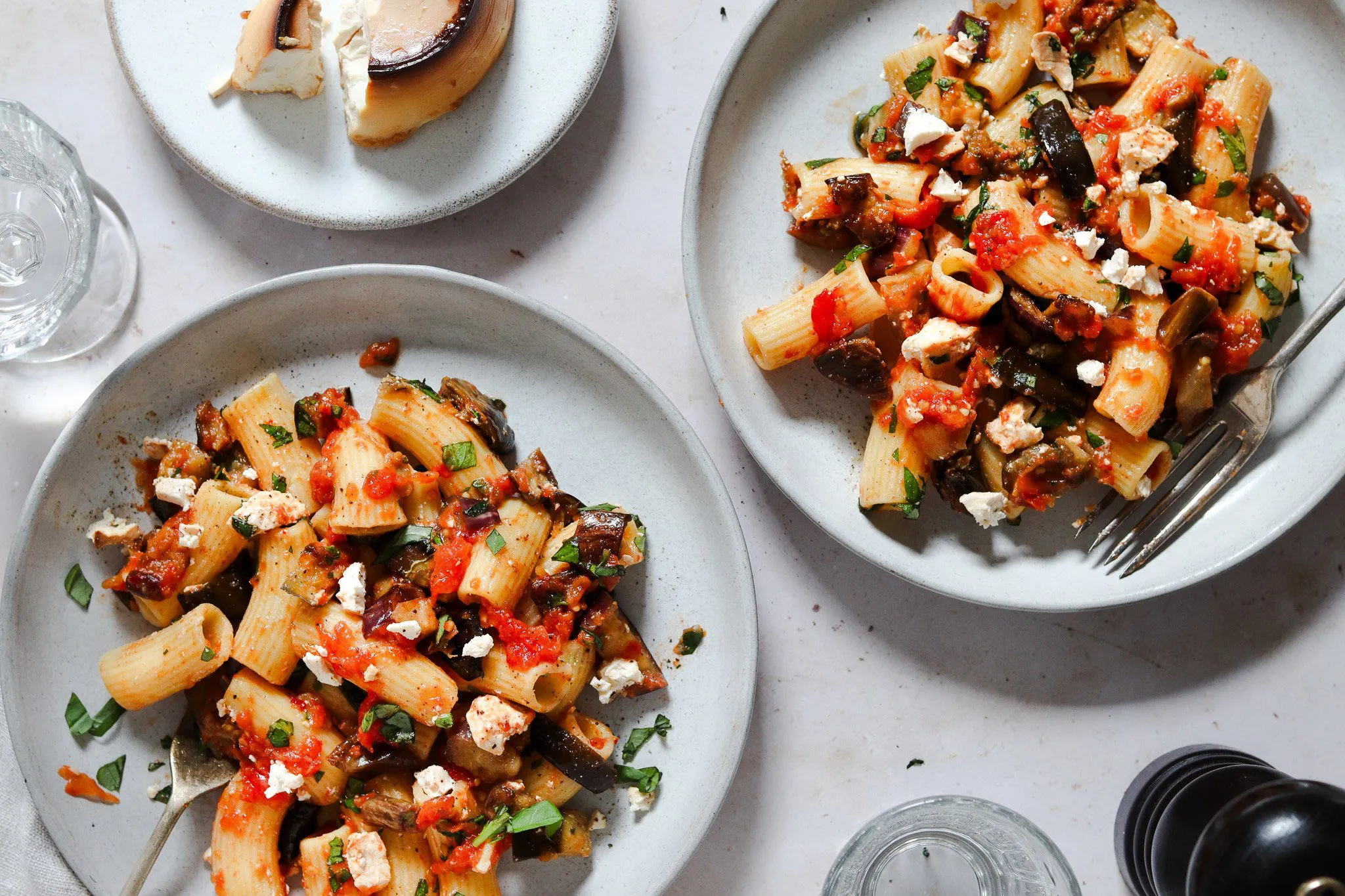
Healthy Traditional Dishes That Inspire Modern Cooking
Food is not just about taste – it is also about health, balance, and tradition. Many traditional dishes from around the world were created with nutrition in mind long before the word “healthy” became popular. These meals combine natural ingredients, fresh produce, and time-tested methods that continue to inspire modern cooking today.
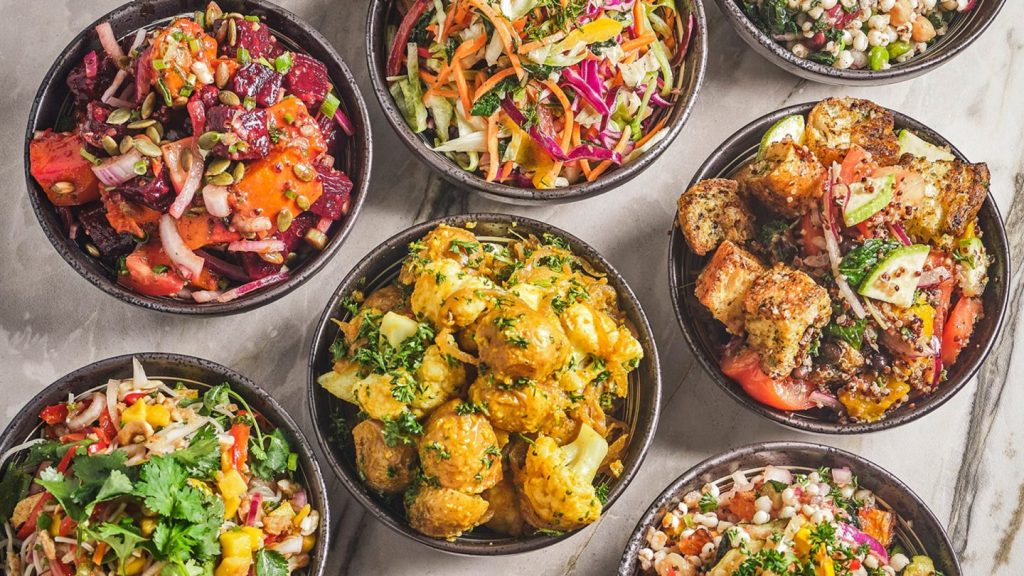
1. Mediterranean Salad (Greece)
A mix of tomatoes – cucumbers – olives – onions – and feta cheese, drizzled with olive oil. This classic dish is rich in vitamins and healthy fats, making it a cornerstone of the Mediterranean diet.
2. Lentil Soup (India and Middle East)
Lentils have been part of traditional diets for centuries. High in protein, fiber, and minerals, lentil soup is filling, nutritious, and versatile. It can be seasoned with spices, herbs, and vegetables for extra flavor.
3. Fermented Vegetables – Kimchi (Korea)
Kimchi is more than a side dish – it is a probiotic powerhouse. Made from cabbage, radishes, garlic, and chili, it supports digestion and immunity. This ancient recipe is now a global inspiration for gut-friendly diets.
4. Grilled Fish with Herbs (Kenya – Coastal Region)
Freshly caught fish grilled with local spices and lemon is a traditional coastal dish in Kenya. It is packed with omega-3 fatty acids and lean protein, making it both healthy and satisfying.
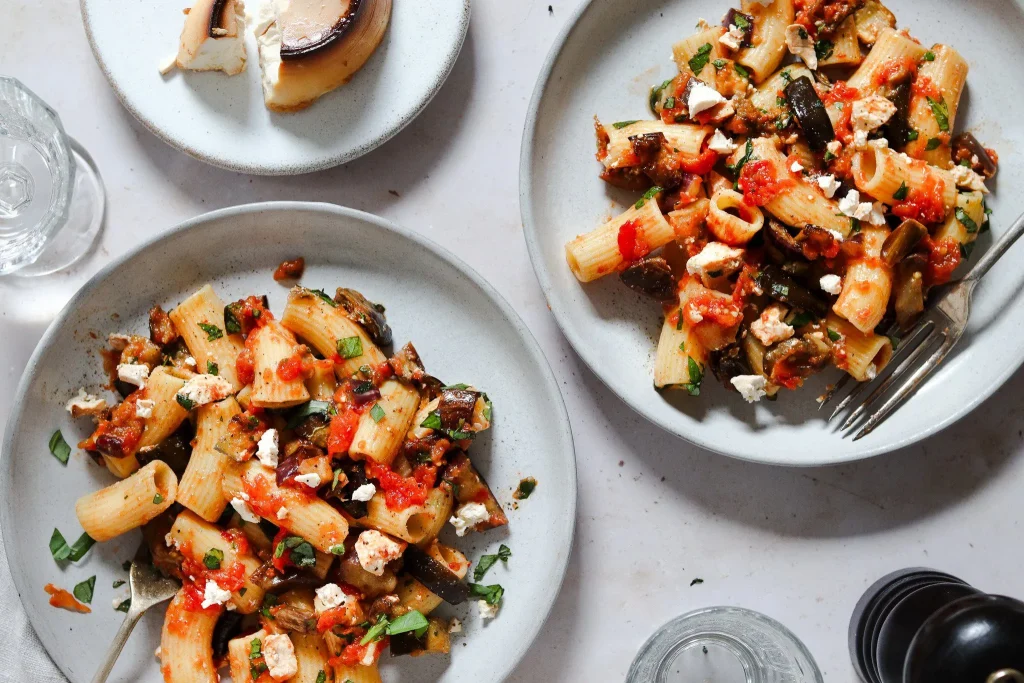
5. Quinoa Bowl (Peru)
Quinoa has been grown in the Andes for thousands of years. Rich in protein, iron, and fiber, it forms the base for bowls with vegetables, beans, and herbs. Today, quinoa is a modern superfood with ancient roots.
6. Miso Soup (Japan)
Made from fermented soybean paste, miso soup is light yet nourishing. It supports gut health, provides essential minerals, and is a gentle way to start or end a meal.
7. Couscous with Vegetables (Morocco)
A traditional North African staple, couscous is made from steamed semolina and served with seasonal vegetables and spices. It is wholesome, balanced, and easily adapted to modern plant-based diets.
Why These Dishes Still Matter
Healthy traditional meals prove that eating well does not mean giving up flavor. These recipes inspire modern kitchens by combining taste, nutrition, and cultural heritage. They remind us that the wisdom of the past can shape the future of food.
Address: Kenyatta Avenue – Nairobi – Kenya
Phone: +254 20 2222181
Notice: We use cookies to improve your experience. By accepting, you agree to the use of analytics and personalized ads. By staying on our website you agree to the transfer of your information.

Comfort Foods from Every Continent
Comfort food is universal. No matter where you are in the world, there are dishes that bring warmth, healing, and a sense of home. These meals are more than just flavors – they are memories, traditions, and love served on a plate. Let’s explore some of the most iconic comfort foods from every continent.
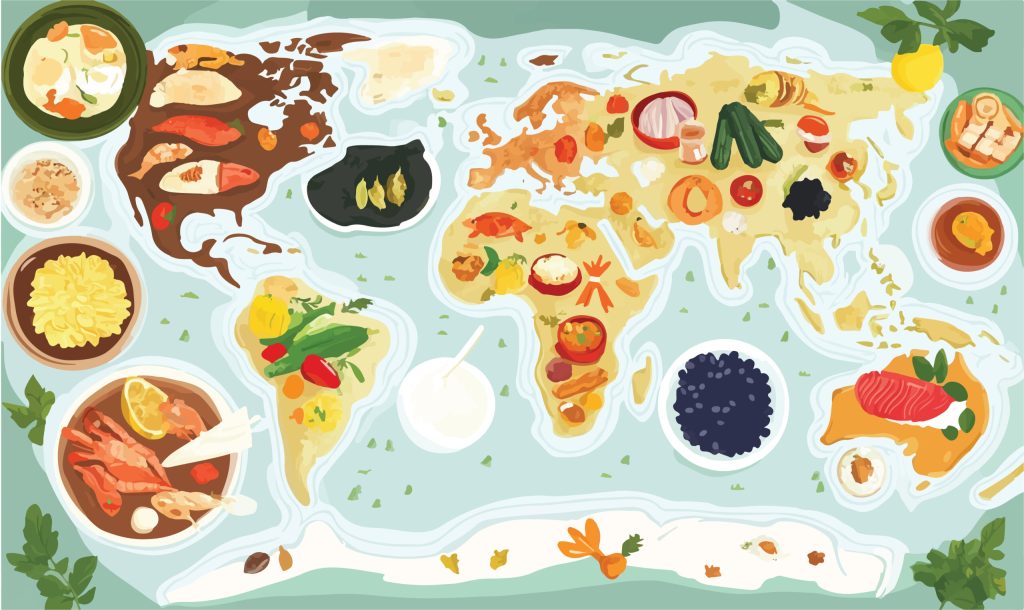
Africa – Ugali with Sukuma Wiki (Kenya)
Ugali, a soft maize flour porridge, is a staple in East Africa. Paired with sukuma wiki (collard greens sautéed with onions and tomatoes), it is simple, filling, and deeply comforting. For many families, ugali represents togetherness at the dinner table.
Asia – Ramen (Japan)
A steaming bowl of ramen with noodles, broth, and toppings like pork, egg, and seaweed is the ultimate Asian comfort food. Rich in flavor and endlessly customizable, ramen is a dish that warms both the body and the soul.
Europe – Mashed Potatoes with Gravy (United Kingdom)
Smooth, buttery mashed potatoes served with rich gravy have been a beloved comfort food across Europe for generations. The creamy texture and savory flavor create a sense of warmth and satisfaction.

North America – Macaroni and Cheese (United States)
Golden pasta baked with creamy cheese sauce is one of the most iconic American comfort foods. Whether eaten as a quick stovetop meal or baked into a casserole, mac and cheese is the taste of childhood for many.
South America – Feijoada (Brazil)
This hearty black bean stew with pork and beef is Brazil’s national dish. Served with rice, collard greens, and orange slices, feijoada is rich, filling, and always shared with family and friends.
Australia & Oceania – Meat Pie (Australia)
A flaky pastry filled with minced meat and gravy is a classic Australian comfort food. Found at bakeries, sports stadiums, and kitchens, the meat pie is a symbol of local tradition and everyday satisfaction.
Antarctica – Hot Soup (International)
Though Antarctica has no native cuisine, researchers and explorers often rely on hearty hot soups to survive the extreme cold. From vegetable broth to creamy chowders, soup is the ultimate comfort in the harshest environment.
Why Comfort Foods Matter
Comfort foods remind us of home, family, and belonging. They connect us to our roots and give us strength in difficult times. No matter where you travel, you will always find a dish that feels like a warm hug in a bowl.
Address: Kenyatta Avenue – Nairobi – Kenya
Phone: +254 20 2222181
Notice: We use cookies to improve your experience. By accepting, you agree to the use of analytics and personalized ads. By staying on our website you agree to the transfer of your information.

The Secret Spices That Define Global Cuisines
Behind every unforgettable dish lies a secret ingredient – often a spice that gives it soul. Spices are more than flavor – they carry history, trade, and cultural identity. From the bustling markets of India to the kitchens of Morocco, spices are what turn simple meals into masterpieces. Here are some of the key spices that define global cuisines.

1. Turmeric – India
Golden and earthy, turmeric is the foundation of many Indian curries. Beyond flavor, it is valued for its health benefits and vibrant color. Its warmth is instantly recognizable in countless South Asian dishes.
2. Cardamom – Middle East and South Asia
Sweet yet spicy, cardamom is used in both savory dishes and desserts. From Middle Eastern coffee to Indian masala chai, this little pod is a symbol of hospitality and comfort.
3. Saffron – Spain and Iran
Known as the world’s most expensive spice, saffron gives dishes a rich aroma and golden hue. It is essential in Spanish paella, Persian rice, and many Mediterranean recipes.

4. Sumac – Middle East
With its tangy, lemony flavor, sumac is sprinkled over salads, kebabs, and dips. It adds brightness without overpowering other flavors, making it a favorite across Levantine cuisine.
5. Paprika – Hungary and Spain
Mild, smoky, or hot – paprika defines Hungarian goulash and Spanish chorizo. Its deep red color and versatile flavor make it one of the most used spices in European kitchens.
6. Cloves – East Africa and Asia
Native to the Spice Islands, cloves bring intense aroma and warmth. They are found in Kenyan pilau rice, Indian curries, and even European mulled wine.
7. Chili Pepper – Mexico and Beyond
From smoky chipotle to fiery habanero, chili peppers shape the boldness of Mexican cuisine. Today, chilies are essential in countless global dishes, adding heat and depth.
8. Cinnamon – Global
Sweet and woody, cinnamon has traveled the world from Sri Lanka to Europe. It is used in everything from Moroccan tagines to American apple pie.
Why Spices Matter
Spices are not just seasonings – they are storytellers of culture and history. The spice trade shaped economies, fueled exploration, and connected civilizations. When you cook with spices, you carry centuries of tradition to your kitchen.
Address: Kenyatta Avenue – Nairobi – Kenya
Phone: +254 20 2222181
Notice: We use cookies to improve your experience. By accepting, you agree to the use of analytics and personalized ads. By staying on our website you agree to the transfer of your information.

Top 10 Street Foods You Must Try Around the World
Street food is the heartbeat of many cultures. It tells stories of tradition – creativity – and daily life. If you want to understand a city, just taste what people eat on the streets. Here are ten street foods from different parts of the world that every food lover should try at least once.
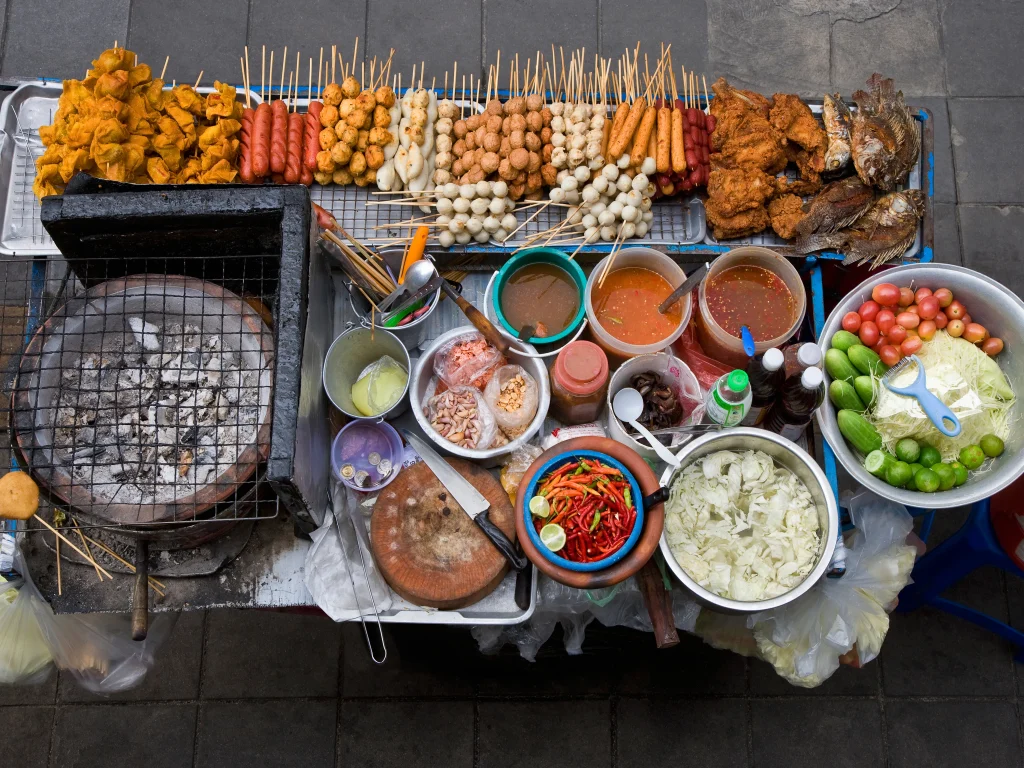
1. Tacos – Mexico
Soft corn tortillas filled with spiced meat – fresh vegetables – and salsa. Tacos are quick – flavorful – and endlessly customizable.
2. Samosa – Kenya and India
Crispy pastry pockets filled with spiced potatoes – vegetables – or minced meat. In Nairobi you can find samosas at every corner stall – hot and delicious.
3. Pad Thai – Thailand
A stir-fried noodle dish with shrimp or chicken – bean sprouts – eggs – and peanuts. Sweet – salty – and tangy flavors come together in perfect balance.

4. Hot Dog – United States
An American classic. Grilled sausage in a bun – topped with mustard – ketchup – onions – or even chili and cheese. Simple yet iconic.
5. Falafel – Middle East
Crispy deep-fried balls made from ground chickpeas and herbs. Often served in pita bread with vegetables and tahini sauce.
6. Churros – Spain
Golden fried dough sticks dusted with sugar – often dipped in thick hot chocolate. A sweet street snack loved by locals and tourists alike.
7. Bunny Chow – South Africa
A hollowed-out loaf of bread filled with spicy curry. Originally from Durban, this dish is both hearty and flavorful.
8. Okonomiyaki – Japan
A savory pancake made with flour – eggs – shredded cabbage – and toppings like seafood or pork. Cooked on a hot griddle right before your eyes.
9. Arepas – Venezuela and Colombia
Cornmeal patties split and stuffed with cheese – meat – or beans. A versatile snack eaten at any time of day.
10. Shawarma – Turkey and the Middle East
Marinated meat roasted on a vertical spit, sliced thin, and served in flatbread with vegetables and sauces. Juicy – aromatic – and satisfying.
Why Street Food Matters
Street food is not just about eating. It is about experiencing the culture – the rhythm of daily life – and the creativity of local cooks. Trying these dishes is a delicious way to travel the world without leaving your city.
Address: Kenyatta Avenue – Nairobi – Kenya
Phone: +254 20 2222181
Notice: We use cookies to improve your experience. By accepting, you agree to the use of analytics and personalized ads. By staying on our website you agree to the transfer of your information.